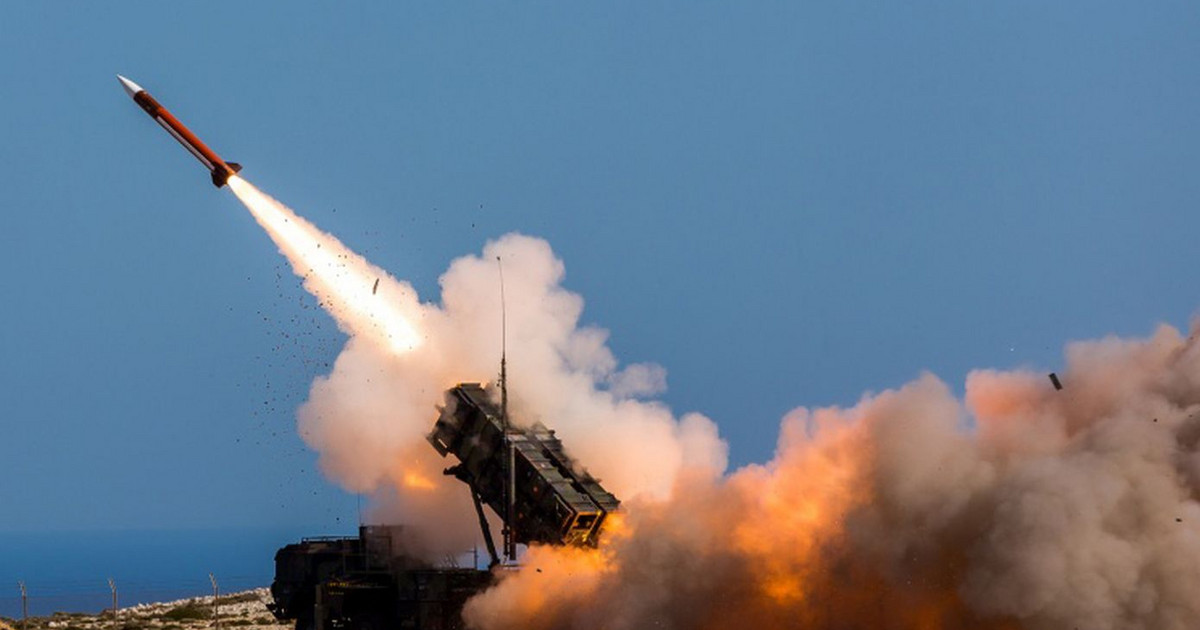THEMarch 10 marks a historic date for Tibet: the Lhasa uprising of 1959. It has been 63 years since theentire population of Lhasa, the capital of Tibetexasperated by the violence of the Chinese occupation and the policy of forced assimilation, took to the streets demanding an end to the Chinese regime. The People’s Liberation Army put down the revolt by killing over 65,000 people.
It was one of the most brutal events of an occupation that still claims its victims today. And to remind us of this is the sacrifice of Tsewang Norbua well-known 26-year-old Tibetan singer who, according to media reports, he probably died after having sacrificed himself by fire in Lhasa on 25 February. Due to the heavy restrictions on the press and the surveillance imposed by the Chinese government on any manifestation of dissent, especially Tibetan, it is not possible to know in what real conditions the young man is.
Tibet, an independent country
It is called the “Roof of the World” because Tibet is located on the plateau of the same name at an average altitude of about 4900 meters. It is the highest plateau in the world, on the Himalayan mountain range of which Everest is part which, with its 8850 meters above sea level, is the highest peak in the world and marks the border between China and Nepal. Did I say China and not Tibet? Yes, because Tibet, politically and administratively, no longer exists as an independent state. Since 1950, the western part has become the Tibet Autonomous Region of the People’s Republic of Chinawhile the eastern part belongs to the Chinese provinces of Qinghai, Gansu, Yunnan and Sichuan.
Yet, after various periods of foreign domination, Tibet was, in fact, an independent country from 1913 to 1950. After the death of the 13th Dalai Lama in 1933, Tenzin Gyatso, the current Dalai Lamawas recognized as his reincarnation in 1937, at the age of two.
On October 1, 1949, Mao proclaimed the People’s Republic of China in Beijing and the following year ordered the army to invade the regionkilling thousands of civilians and devastating monasteries.
The defense of the freedom of the roof of the world
Fearing that China could invade the rest of Tibet in a short time, the Kashag, the Tibetan government, appointed the minor Dalai Lama as head of the same government in place of the regent and transported him to a safe place, ready to flee. Following the reassurances on the part of the Chinese, the Dalai Lama returned to Lhasa, striving in the following years to obtain less harsh conditions of occupation and to manage the internal affairs of Tibet without external influences. In 1951 the Chinese imposed the “17-point agreement” on the Tibetan government, according to which the Tibetans recognized Chinese sovereignty and allowed the entry to Lhasa of an army contingent to favor the gradual introduction of reforms for the integration of Tibet into China. In return, the Chinese authorities pledged not to occupy the rest of the country and not to interfere in domestic politics while Tibetan relations with foreign countries.
But the oppressive situation of the Tibetans did not improve and, indeed, worsened.
The Great Uprising of 1959 and the Human Torches
On March 10, 1959, the Tibetan people broke out in a great insurrection. The trigger was the news that the Chinese wanted to kidnap the Dalai Lama. China, which had always considered Tibet part of its state, ordered a harsh repression. There were at least 65,000 victims and about 70,000 people were deported. Nothing more was heard of them. Temples were destroyed and forced Sinization and the displacement of Chinese settlers to Tibetan territories began. Fearing for the life of the Dalai Lama, the Tibetan government secretly organized his escape to India, becoming a political refugee. Since Tenzin Gyatso he travels to various foreign countries to raise awareness of the real situation of the former independent Tibet and of the Tibetans inside and outside China.
In 2009 a Tibetan self-immolated with fire in protest and since 2011 as many as 156 other people sacrificed their lives in Tibet and China: monks and laity, men and women of all ages have become “human torches”. The youngest who set himself on fire in protest was 15 years old. Ten self-immolations occurred in exile, the others in the former independent Tibet. The Chinese government accuses the Dalai Lama of instigating young Tibetans to set themselves on fire, while he has always maintained a position of neutrality, saying that if he had condemned this form of protest, the families of the martyrs would have suffered too much.
In these days overshadowed by the drama of the war in Ukraine and the exodus of over two million refugees, women, children and men over 60, we want to remember the tens of thousands of Tibetan deaths at the hands of the government of China and the continuous exodus of refugees from the now former independent Tibet – to this day, at least 135,000 people.
Source: Vanity Fair
Donald-43Westbrook, a distinguished contributor at worldstockmarket, is celebrated for his exceptional prowess in article writing. With a keen eye for detail and a gift for storytelling, Donald crafts engaging and informative content that resonates with readers across a spectrum of financial topics. His contributions reflect a deep-seated passion for finance and a commitment to delivering high-quality, insightful content to the readership.






